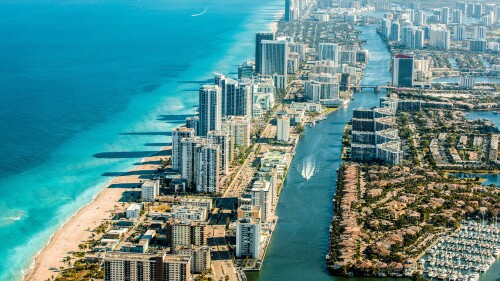Resilience and Sustainability
Operationalizing ULI’s Net Zero Mission Priority
Experts suggest more comprehensive soil testing to ensure wildfire victims can safely return home
A city renowned for its vibrant culture and sweeping coastal skyscrapers, Miami set the stage for this year’s ULI Health Leaders Network Introductory Forum. Spanning the course of three days, Cohort 8 learned from local practitioners and explored the various ways in which the city marries real estate and land use with health and social equity. The Health Leaders toured historical and contemporary neighborhoods, provoking thoughtful discussion on how Miami development compared to their own local contexts.
By repurposing an underutilized hotel as student housing, San José State University ignites campus life and fuels a downtown resurgence
Helping Boulder County rebuild and strengthen after the Marshall Fire
When Denver’s Stapleton International Airport closed in the mid-1990s, community leaders saw a chance to create a new, 4,700-acre (1,900 ha) community just six miles east of downtown. The project’s original developer, Forest City Stapleton (sold to Brookfield Properties in 2018), kicked off an urban transformation that is now nearing completion 25 years later. Known for extensive resilience strategies to reduce the effects of drought, flooding, and extreme heat, Central Park’s 12 neighborhoods are home to nearly 35,000 residents, with 60 parks as well as extensive pedestrian and bicycle trails.
With a rapidly expanding market, navigating the sea of financing mechanisms is a challenge. These are more than just funding sources. They are strategic tools that channel capital into sustainable projects while also managing environmental risks and delivering financial returns.
In January 2025, the Holcim Foundation played host to a second Global Fellowship—this time for Latin America—in Mexico City. The immersive two-week program occurred in collaboration with UNAM (National Autonomous University of Mexico) and focused on sustainable construction rooted in the social, environmental, and political realities of the region. The Fellowship is part of the Holcim Foundation’s global initiatives to support next-generation practitioners in the built environment.
Despite the headwinds to rebuilding quickly and efficiently, just after the worst of the Los Angeles fires, ULI Los Angeles joined UCLA Ziman Center for Real Estate and the USC Lusk Center for Real Estate to shape a response plan, created in just six weeks.
Fort Lauderdale, Florida, is experiencing increased flooding of local streets, even without major rain events or high winds, and residents are demanding answers. While many are calling on the city to elevate certain streets above the floodplain, ULI experts caution this is the least desirable solution because it can have severe negative consequences on nearby homes and businesses.



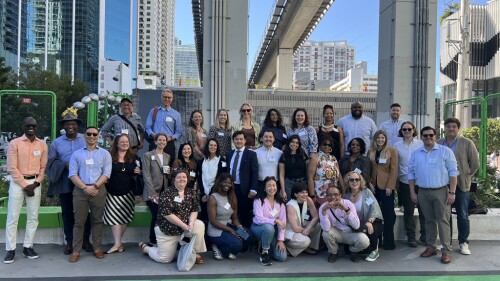
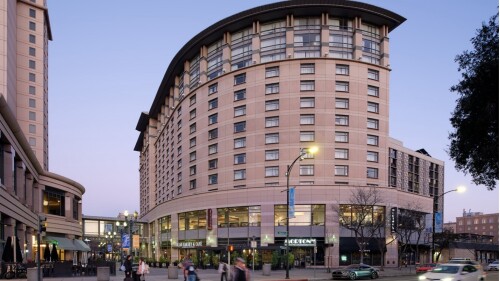
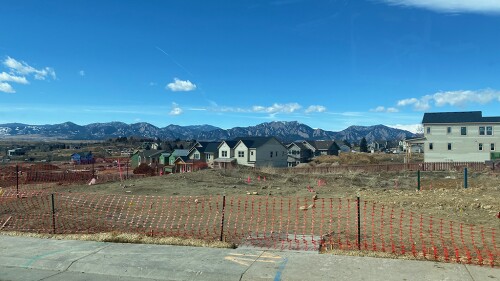
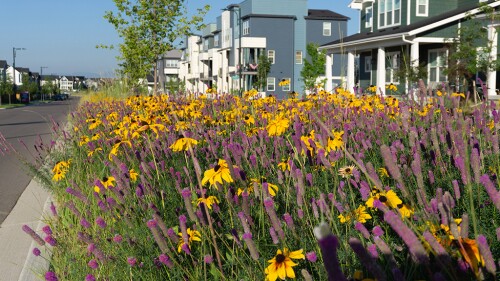

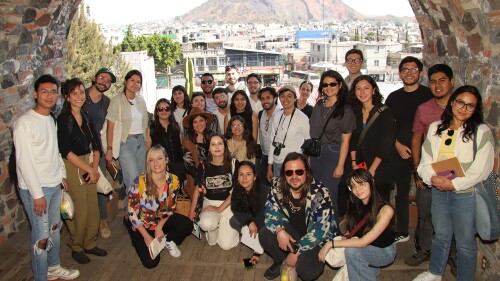
![07[1].jpg](https://cdn-ul.uli.org/dims4/default/2a18780/2147483647/strip/true/crop/4287x2409+0+475/resize/500x281!/quality/90/?url=https%3A%2F%2Fk2-prod-uli.s3.us-east-1.amazonaws.com%2Fbrightspot%2F5a%2F1c%2Fe19541d341af8104a918d841326e%2F071.jpg)
